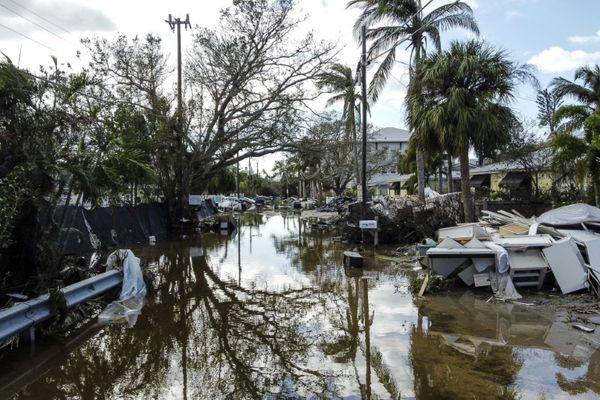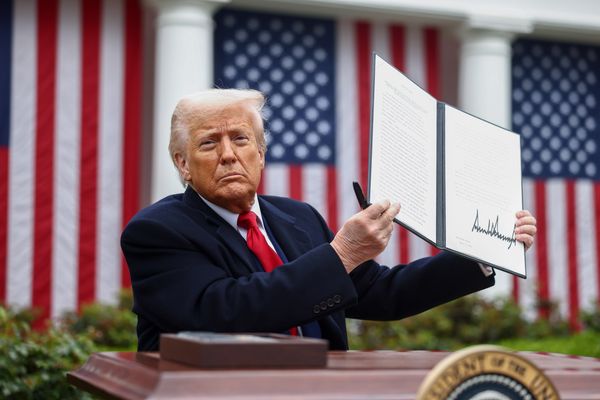
According to the report, India's lithium-ion (Li-ion) battery demand is currently 3 GWh and is expected to grow to 20 GWh by 2026 and 70 GWh by 2030.
"By 2030, just to serve the local demand of Li-ion batteries, India would need upwards of an estimated $10 billion investments in cell manufacturing capacity, with additional investments in raw material refining capacities," it said.
This would result in the creation of one million or more jobs in battery manufacturing and related ancillary businesses and services.
The report also mentioned what India can learn from China, as it is aggressively expanding in the EV battery space over the last decade. China has conquered every stage of the supply chain to emerge as the dominant player in e-mobility.
"Taking lessons from India's neighbor in the north, improved access to raw materials can be provided in multiple ways, including reduction of import duties on raw materials, improving bilateral ties with countries rich in natural resources of the raw materials, and encouraging Indian companies to acquire those resources," the report said.
To make India an export hub of batteries, the government and industry need to come together to chalk out a way forward to build a local supply chain for batteries.
"Comprehensive policies from the government that encompass the complete battery value chain -- from the acquisition of natural resources to recycling of batteries -- will go a long way in providing a necessary push to the industry," said the report titled 'E-mobility: Cell Manufacturing in India'.
Tax breaks and the establishment of special economic zones/lithium parks across countries to encourage investments in raw material refining and cell manufacturing capacities, as well as the continuation of PLI schemes and subsidies for cell manufacturing, will play a critical role in the whole process.
The report also called for regulation of battery usage, secondary applications and recycling with strong incentives to ensure compliance.
China now leads in next-generation EVs due to large investments in research and development, friendly government policies, foreign direct investment inflows and aggressive acquisition of raw material resources across geographies.
The Indian EV industry is currently facing challenges of over-dependence on imports, relatively limited manufacturing, limited raw material availability and limited refining capacity.
"To accelerate India's electric mobility growth, the government and the industry ecosystem must collaborate, to nurture a self-reliant, local EV value chain, with established battery manufacturers, OEMs, and startups, investing in continuous R&D, partnerships, and global alliances to create a strong supply chain," Arthur D Little, India Managing Partner Barnik Chitran Maitra, said.







